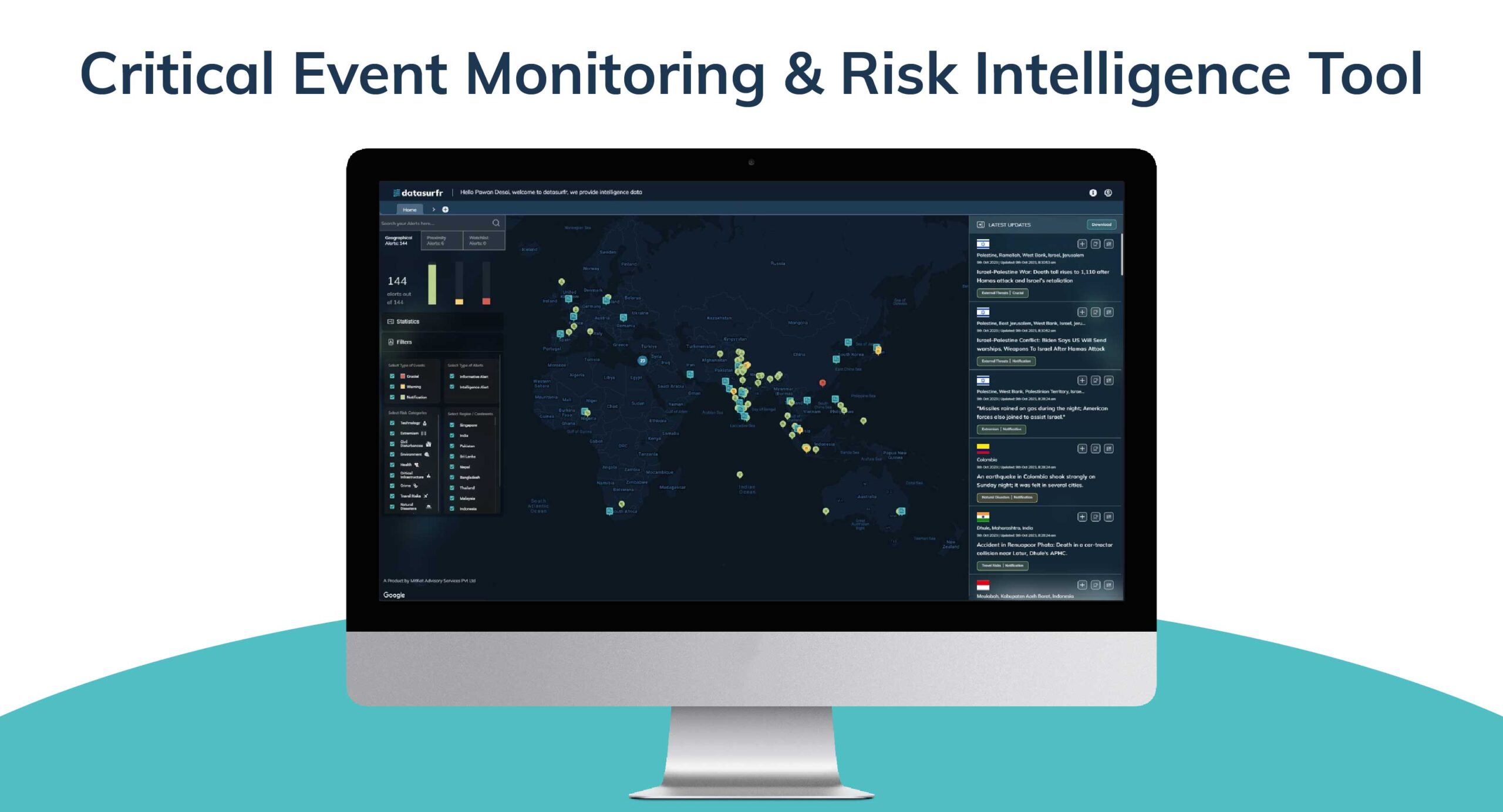Locations Affected: Europe
United States President Donald Trump has challenged NATO members to increase their military spending to five percent of their GDP amid the ongoing Russia-Ukraine war. In response, Lithuania and Estonia have pledged to increase investments in defence to meet Trump’s target. However, other countries have shown apprehension about the possibility of meeting such a high target. The defence ministers of the top five military spenders in Europe, including Germany, France, the United Kingdom, Italy, and Poland, stated on 14 January that they would continue increasing their military investment, but achieving Trump’s target could be complicated.
Challenges for NATO Members to Increase Defence Spending
- Poland increased its military spending to over four percent in 2024 due to Russia’s heightened threat, particularly at naval ports. Poland’s military spending is expected to reach five percent of its GDP in 2025.
- Germany would need to allocate around 40 percent of its national budget to defence to meet the five percent target. German Chancellor Olaf Scholz has stated that NATO and the European Union need to increase military funding amid rising threats from Russia.
- Germany and France have both experienced increased economic and political tensions, which have delayed budget allocations in both countries. Continued tensions may make it harder for these nations to commit to greater defence spending.
- Spain, which ranks last among NATO members for military spending, has increased its military investments by about 50 percent since 2018 and has committed to reaching NATO’s two percent target by 2029. However, it would be difficult for Spain to meet Trump’s target due to the unpopularity of militarism and the pressure on Spanish politicians to focus spending on other issues, such as social aid.
- Other European countries also face significant economic challenges, including rising energy prices, competition from China, and potential trade and tariff changes by the United States.
Potential Outlook of the Situation
The intensifying pressure from President Trump and the escalating threat posed by Russia compel European NATO members to prioritize defence spending. However, the extent to which these countries can meet the five percent target hinges on various geopolitical considerations, such as economic constraints, regional security dynamics, and domestic political priorities. Countries in closer proximity to Russia, such as Poland and the Baltic states, are more likely to accelerate military expenditure due to their direct vulnerability and strategic priorities. On the other hand, nations like Germany and France, facing internal political and economic pressures, may struggle to justify such an aggressive defence spending commitment without significant shifts in public opinion or government policies.
Additionally, potential changes in political leadership, such as elections in France or Germany, could alter defence strategies and budget allocations. A collective increase in NATO members’ defence budgets would strengthen Ukraine’s ability to counter Russian aggression, thereby shifting the balance of power in Eastern Europe and reinforcing NATO’s military presence in the region. However, the broader geopolitical landscape, including relations with China and global trade dynamics, will likely shape how European nations balance military priorities with other strategic interests.





